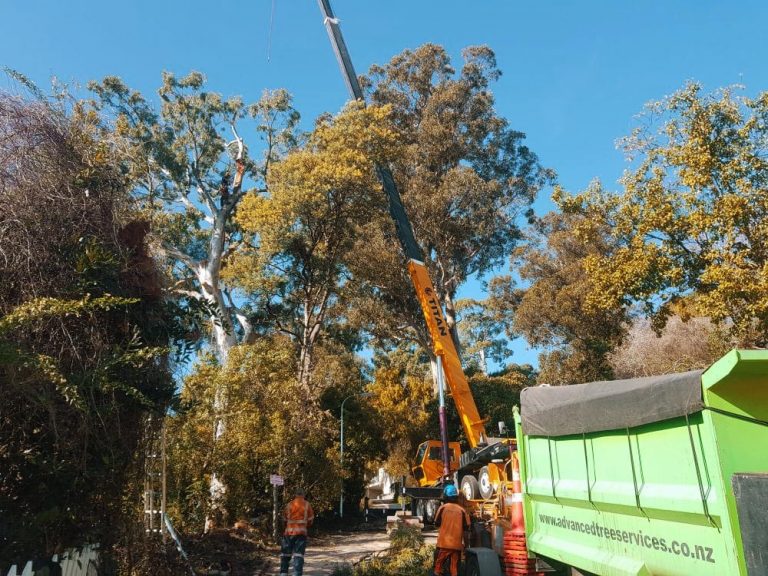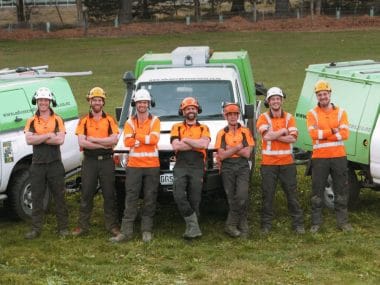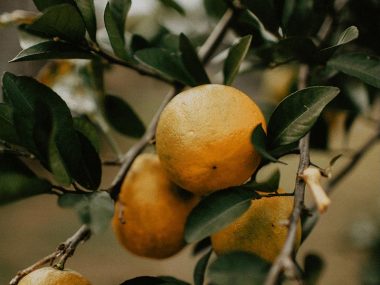Help for storm-damaged trees
Here are some suggestions to help your trees recover from storm damage.
- Firstly, do not try to do it all yourself. If large limbs are broken or hanging, or if high or overhead chainsaw work is needed, it is a job for a professional arborist. Storm-damaged trees can be dangerous.
- Take safety precautions. Look up and look down. Be on the alert and stay away from downed utility lines and dangerous hanging branches that look like they are ready to fall.
- Assess the damages. Evaluate your trees carefully by asking the following questions:
- Other than the storm damage, is the tree basically healthy and vigorous?
- Are major limbs or the leader (the main upward-trending branch on most trees) branch still remaining?
- Is at least 50 percent of the tree’s crown (branches and leaves) still intact?
- Are there remaining branches that can form a new branch structure?
If you answered “yes” to the majority of these questions, there is a good chance for complete recovery.
Broken branches or stubs that are still attached to the tree should be removed. Removing the jagged remains of broken limbs minimises the risk of decay agents entering the wound. Proper pruning cuts should be used to avoid damaging the tree further.
Topping, the cutting of main branches back to stubs will not help avoid breakage in future storms. Instead “topping” will encourage the growth of many weakly-attached branches that are higher and are more likely to break during a storm. Also, topping will reduce the amount of foliage, on which the tree depends for the food and nourishment needed for re-growth. A topped tree that has already sustained major storm damage is more likely to die than repair itself.




